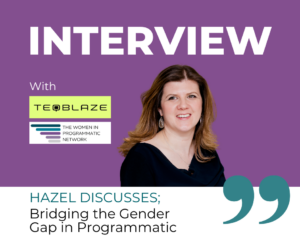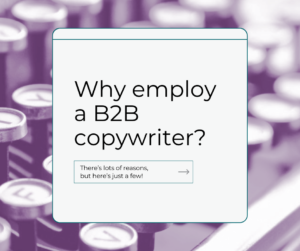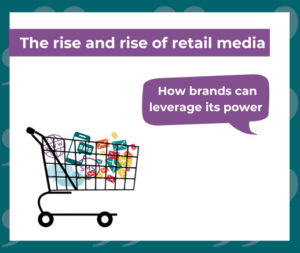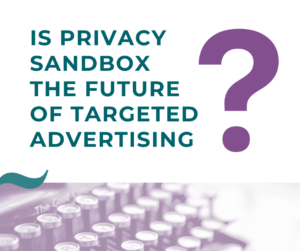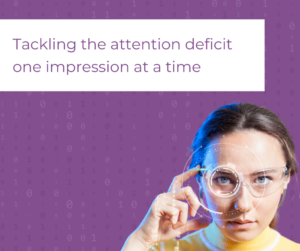The advertising industry is under pressure to deliver against a whole host of significant priorities in 2024. While publishers, agencies and brands are ultimately motivated by continued revenue growth, they also need to stay focussed on the user experience, maintain an up-to-date knowledge of how AI is impacting advertising practices, and fulfil sustainability objectives.
But with recent exposés that even ‘premium’ publishers are driving traffic to low-quality domains (e.g. Forbes, retail media sites), where does MFA (Made for Advertising) sit in the programmatic ecosystem today?
Drawing on key research released this year by Lumen/ExchangeWire and DoubleVerify, here is our take on the role of MFA, and the key considerations when determining its usage.
Why does MFA exist?
What MFA offers is impressions – technically ‘viewable’ ads served to a large number of users for a relatively low cost. In theory, this delivers against key metrics, enabling greater reach for minimised spend. In reality, though, it can mean multiple ads being placed, and scrolled past, with little engagement.
Yet, as the Lumen report, conducted in collaboration with ExchangeWire, identifies, whether by accident or design, “all marketers reported that some of their ad spend was directed towards MFA sites”. While media buyers who prioritise attention and clicks over reach and cost tend to use MFA markedly less, it still forms part of their campaigns, allowing largely-ignored ad content to be reused and served at scale.
So what should we be doing about it? How can brands approach the MFA challenge head-on?
Key considerations for using MFA
1. Emissions: MFA drives ad clutter, bombarding the user with more and more content – partly in the hope that some of it might stick, but more simply so that publishers can reap the rewards of reaching their targets for viewable inventory.
But this is an area where there is no room for argument. MFA sites create ad waste and generate more emissions: 44% more, in fact, as measured by Double Verify, compared to the average across media they surveyed.
2. The impact of AI: AI is already being put to work both for and against MFA sites, making it easier to produce and disseminate this content quickly. But crucially, it also offers a valuable tool for assessing and categorising sites more accurately. There is a great opportunity for brands to capitalise on ever-evolving ML capabilities to move away from the low-quality environments of the MFA landscape – but they need to keep up with these solutions to retain control of ad placement.
3. A responsibility to monitor: Lumen’s report exposed some telling statistics. Three quarters of surveyed brands with a high MFA placement believed that their agencies were determining which sites their ads were appearing on. Somewhat concerningly, the same proportion of agencies with high MFA exposure felt this responsibility lay with the brands themselves.
The result? Often, more than 20% of ads were appearing in environments which were unlikely to deliver on consumer engagement, conversion or positive brand reputation. Therefore, clarification of roles is vital to keep MFA content in line with brand appetite.
4. Identity crisis: There is an important distinction to make between fraud, MFA and minority publishers. While it may not always represent high-quality advertising, MFA is not generally considered to constitute invalid or fraudulent inventory. But while it may not be a direct threat to brand safety, it can certainly undermine campaign performance.
Conversely, there is a very real threat that smaller sites, and less sophisticated publishers, whose content may not appear as professional on the page, and may appeal to smaller audiences, can be miscategorised as MFA.
The future of MFA
As the research shows, MFA delivers a poor ROI. This points to the need for industry-level guidelines and standards, subject to continuous review and reevaluation, to make sure that MFA can be identified without losing access to valid and relevant audiences. Some initial attempts have been made, such as the IAB’s 2023 guide, and all parties in the advertising lifecycle can throw their support behind such initiatives to enable one another to navigate the MFA challenge.
As a result of these attempts, we’ve seen signs of an overall decline in MFA prevalence in the last 18 months. But while the temptation remains to direct at least part of the budget towards these quick wins, coupled with AI enabling more rapid transactions than ever, it is clear that brands need to work with agencies and publishers to stay on top of this in 2024 – and to ensure quality and transparency remain top of the agenda.


